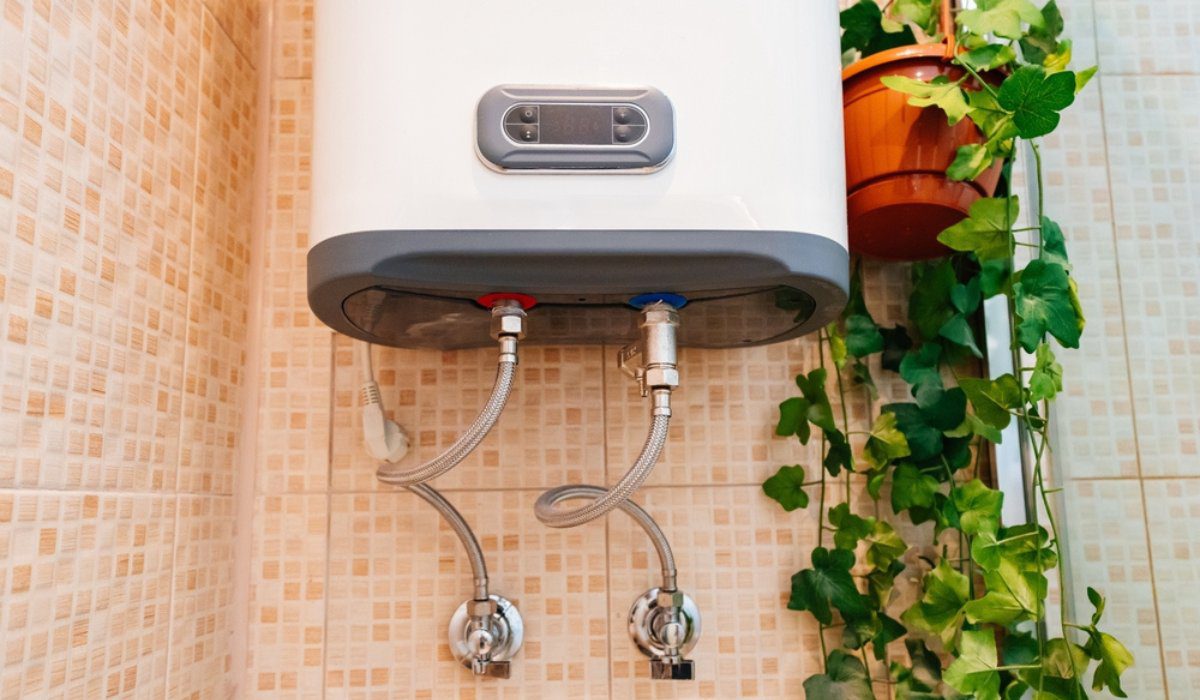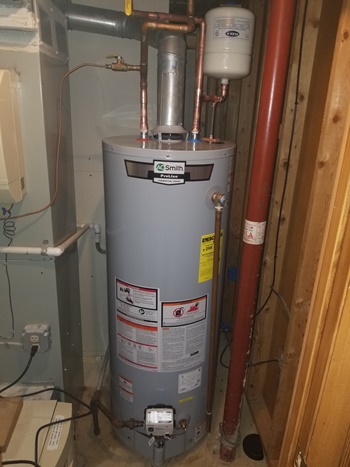How do you feel in relation to Tips on Maintaining a Water Heater?

Warm water is essential for everyday comfort, whether it's for a rejuvenating shower or cleaning recipes. To ensure your warm water system runs efficiently and lasts much longer, regular upkeep is key. This post provides useful pointers and insights on just how to keep your home's hot water system to stay clear of interruptions and pricey repairs.
Introduction
Preserving your home's warm water system may appear difficult, but with a few straightforward steps, you can guarantee it operates efficiently for years to find. This overview covers everything from recognizing your hot water system to DIY upkeep tips and understanding when to call expert aid.
Importance of Preserving Your Warm Water System
Regular upkeep not just extends the life expectancy of your warm water system yet also ensures it runs efficiently. Overlooking upkeep can lead to decreased efficiency, greater power bills, and even early failing of the system.
Signs Your Hot Water System Requirements Upkeep
Recognizing when your hot water system requires focus can avoid significant issues. Watch out for indications such as irregular water temperature level, weird noises from the heater, or rustic water.
Understanding Your Hot Water System
Before diving into maintenance jobs, it's handy to comprehend the basic components of your hot water system. Usually, this consists of the hot water heater itself, pipelines, anode poles, and temperature controls.
Monthly Maintenance Tasks
Routine regular monthly checks can assist capture small concerns before they intensify.
Flushing the Water Heater
Flushing your water heater eliminates debris build-up, boosting performance and lengthening its life.
Monitoring and Changing Anode Rods
Anode poles prevent corrosion inside the tank. Inspecting and changing them when worn is important.
Checking and Changing Temperature Level Setups
Readjusting the temperature level setups ensures optimum efficiency and safety and security.
Do It Yourself Tips for Upkeep
You can do several maintenance jobs on your own to maintain your hot water system in top problem.
Checking for Leaks
Routinely check pipelines and connections for leaks, as these can lead to water damage and greater costs.
Checking Pressure Relief Valves
Testing the stress safety valve guarantees it works appropriately and stops extreme stress buildup.
Shielding Pipelines
Protecting warm water pipelines minimizes heat loss and can conserve energy.
When to Call a Professional
While do it yourself upkeep is helpful, some concerns need professional proficiency.
Facility Problems Requiring Professional Aid
Examples include significant leaks, electrical troubles, or if your water heater is consistently underperforming.
Regular Expert Maintenance Conveniences
Professional upkeep can include thorough examinations, tune-ups, and making certain compliance with safety and security requirements.
Conclusion
Normal maintenance of your home's warm water system is vital for efficiency, durability, and price savings. By adhering to these ideas and knowing when to look for specialist aid, you can guarantee a trustworthy supply of hot water without unanticipated disruptions.
Water Heater Maintenance Tips
Test the TPR Valve
Shut off the power and the cold-water supply valve. Place a bucket under the pipe connected to the temperature-pressure-release (TPR) valve on the top or side of the tank. (This valve opens if the tank pressure gets too high.) Lift the valve’s tab to let some water out, then let go. If water keeps flowing, drain the tank partway, unscrew the old valve with a pipe wrench, and install a new one. Check the Anode Rod
Put a hose to the tank’s drain cock and let out a few gallons of water. Now fit a 1 1/16-inch socket onto the rod’s hex head on top of the heater (or under its top plate) and unscrew the rod. If it’s less than ½ inch thick or coated with calcium, buy a new one, wrap its threads with Teflon tape, put it back in the tank, and tighten securely. Use this segmented rod if headroom above the tank is limited. Drain the Tank and Wash Out Sediment
Drain the remaining water in the tank into the bucket, then stir up the sediment on the tank’s bottom by briefly opening the cold-water supply valve. Drain and repeat until clean water comes out of the hose. Close the drain cock, refill the tank, and turn its power back on. Adjust the Temperature
Find the temperature dial on the side of the tank and unscrew its cover. Adjust the dial to 120 degrees using a flathead screwdriver. For every 10 degrees the temperature is lowered, you can expect to save up to 5 percent in energy costs. Turn the water heater off or the thermostat down to its lowest setting if you plan to be away from home for more than three days. Insulate the Pipes
Buy some self-sticking 3/8-inch-thick foam pipe insulation that matches the pipes’ diameter. Slide the foam over the hot-and cold-water pipes as far as you can reach. Insulating the cold-water pipe prevents condensation in summer. Peel the tape and squeeze the insulation closed. If the pipe is 6 inches or less from the flue, cover it with 1-inch-thick unfaced fiberglass pipe wrap. https://www.thisoldhouse.com/plumbing/21016402/how-to-maintain-a-water-heater

Do you like reading up on Tips For Maintaining Your Hot Water Heater? Post a short review down the page. We will be glad to listen to your suggestions about this content. We are looking forward to see you back again before long. Are you aware of somebody who is looking into the topic? Take a moment to share it. Thanks for being here. Revisit us soon.
Request A Quote